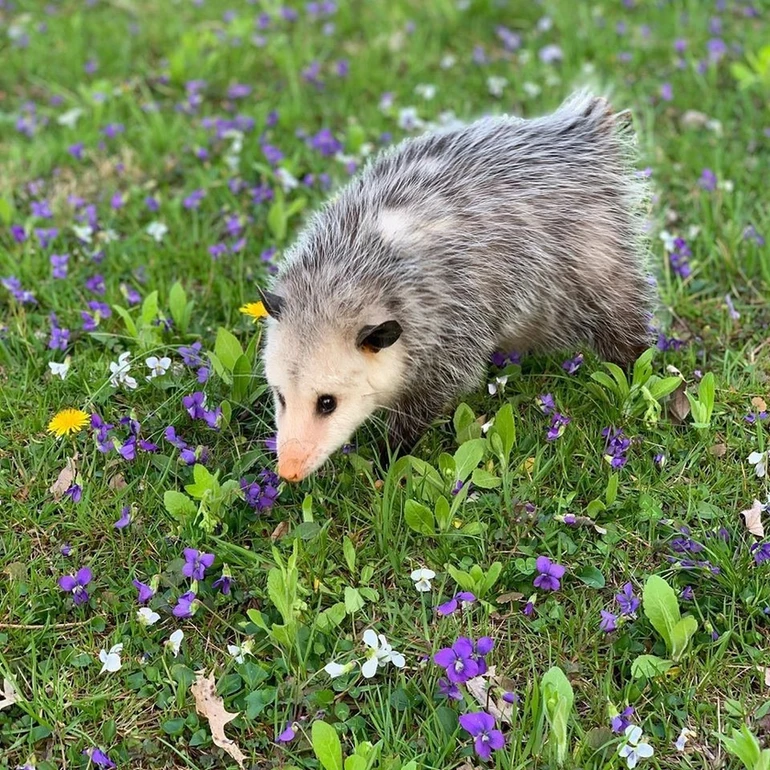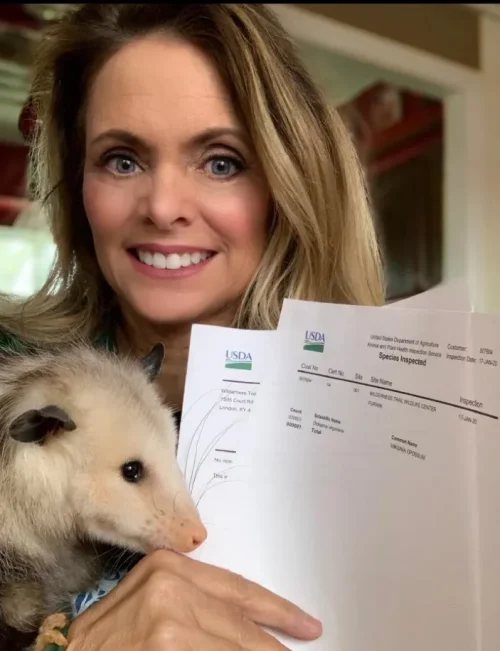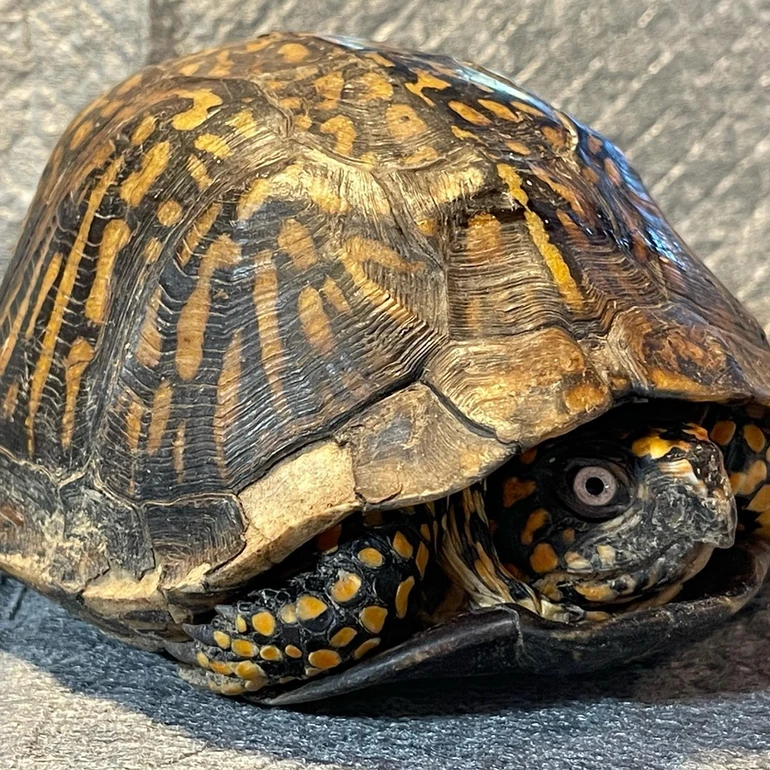Tips: What to do if you find wildlife
When you love animals, you’ll want to help wherever you can. That includes wildlife in trouble! Read on for what you need to know to help a wild animal in need.
1. Wait it Out. There are times when wildlife doesn’t need you. Other than two daily feedings, rabbit mothers will leave their babies alone in a nest on the ground with grass covering them. Mother deer will leave their young alone where they feel it’s safe to do so. They may be away all day and return after sunset.
In cases of young animals who appear healthy, watching and waiting is helpful. For example, if you see a fawn alone, wait 24 hours to see if her mother comes, says Tonya Poindexter who runs the Wilderness Trail Wildlife Center in Kentucky. “You don’t need to be kidnapping wildlife,” she says. The same goes for fledgling birds, those who’ve just left the nest and spend a lot of time on the ground learning to fly. Fledglings’ parents won’t go too far for too long. They’ll help feed them throughout the day and watch after them, chasing away predators.
2. Take Action.
What cases should you take action on? Poindexter gave us this list:
Any animal who is bleeding
One who has a broken bone
A turtle with a broken shell
An opossum joey found alone who is small enough to fit in your hand (Their mothers won’t come back)
An animal who is not acting afraid of you
In these cases, get help from an adult and follow the tips below.
3. Know the Rules of the Road. If a wild animal is hurt on the road, get a box. Ask an adult to pick the animal up with a towel or gloves and place him in the box. “Assume the animal will bite,” says Poindexter. Many wild animals such as opossums are not vicious, but any animal can bite. A heating pad can be helpful for an injured animal, says Poindexter. It should be placed on low and set under the box.
4. Make a Call. There are people who are trained to help sick, injured, and orphaned wild animals. They’re called wildlife rehabilitators (“rehabbers”), and you can find them with an app! It’s called “Animal Help Now!” (AHNow.org) Ask an adult to help put in your address and click on “wildlife emergency.” You’ll see a list of licensed rehabbers (those who have been trained) in your area and what types of animals they work with. And most importantly, you’ll find their phone numbers so that you can make the calls for help. You may have to leave a message and wait for a call back.
While you are waiting for a rehabber’s help, follow these tips:
DO NOT feed a wild animal anything. Each species has a very specific diet. The wrong formula or foods can harm an animal, says Poindexter. (Opossums can’t have the lactose found in milk, for example.)
DO be ready to explain what you’ve observed. What is the species, color, and size? What does the injury look like? How is the animal acting? Is he limping? It can be helpful to take photos and videos, if possible. Take shots of the actual injury and of the entire animal. Be ready to send those with a brief summary of the emergency.
Be ready for advice and direction. You may be asked to bring the animal to the rehabber.
5. Pat Yourself on the Back. Your role in observing wildlife and finding the right help can get an animal back to healthy and back home! “People thank me for what I do,” says Poindexter. “But if it weren’t for people out there who care, I wouldn’t even get the animals.”



